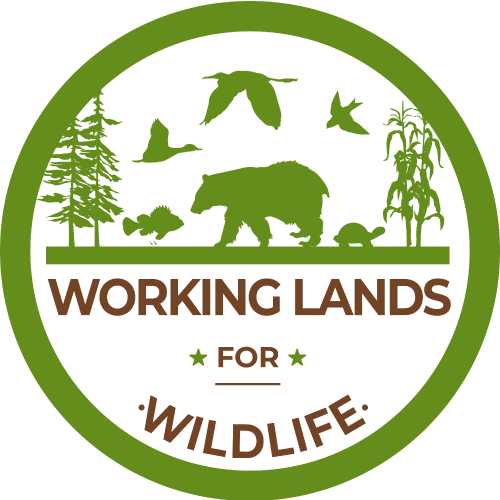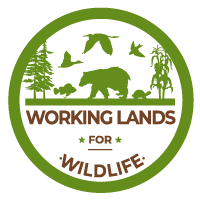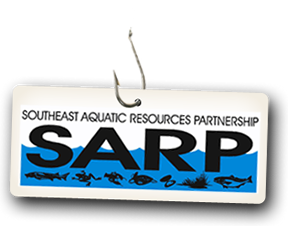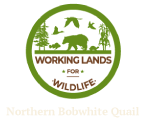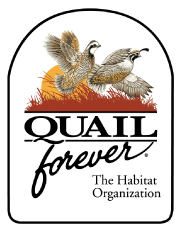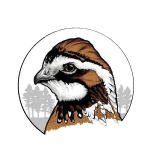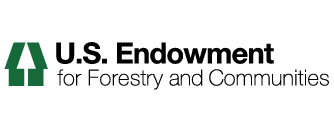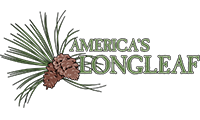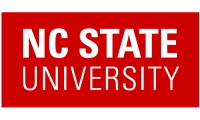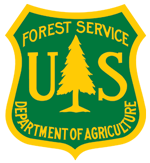Teske et al: Using the Landsat burned area products to derive fire-history relevant...
Publication Date: 2021
Credits: Fire Ecology
Source: Teske, C.; Vanderhoof, M.K.; Hawbaker, T.J.; Noble, J.; Hiers, J.K. Using the Landsat Burned Area Products to Derive Fire History Relevant for Fire Management and Conservation in the State of Florida, Southeastern USA. Fire 2021, 4, 26. https://doi.org/10.3390/fire4020026
DOWNLOAD FILE — PDF document, 3,919 kB (4,013,485 bytes)
Abstract
Development of comprehensive spatially explicit fire occurrence data remains one of the most critical needs for fire managers globally, and especially for conservation across the southeastern United States. Not only are many endangered species and ecosystems in that region reliant on frequent fire, but fire risk analysis, prescribed fire planning, and fire behavior modeling are sensitive to fire history due to the long growing season and high vegetation productivity. Spatial data that map burned areas over time provide critical information for evaluating management successes. However, existing fire data have undocumented shortcomings that limit their use when detailing the effectiveness of fire management at state and regional scales. Here, we assessed information in existing fire datasets for Florida and the Landsat Burned Area products based on input from the fire management community. We considered the potential of different datasets to track the spatial extents of fires and derive fire history metrics (e.g., time since last burn, fire frequency, and seasonality). We found that burned areas generated by applying a 90% threshold to the Landsat burn probability product matched patterns recorded and observed by fire managers at three pilot areas. We then created fire history metrics for the entire state from the modified Landsat Burned Area product. Finally, to show their potential application for conservation management, we compared fire history metrics across ownerships for natural pinelands, where prescribed fire is frequently applied. Implications of this effort include increased awareness around conservation and fire management planning efforts and an extension of derivative products regionally or globally.

